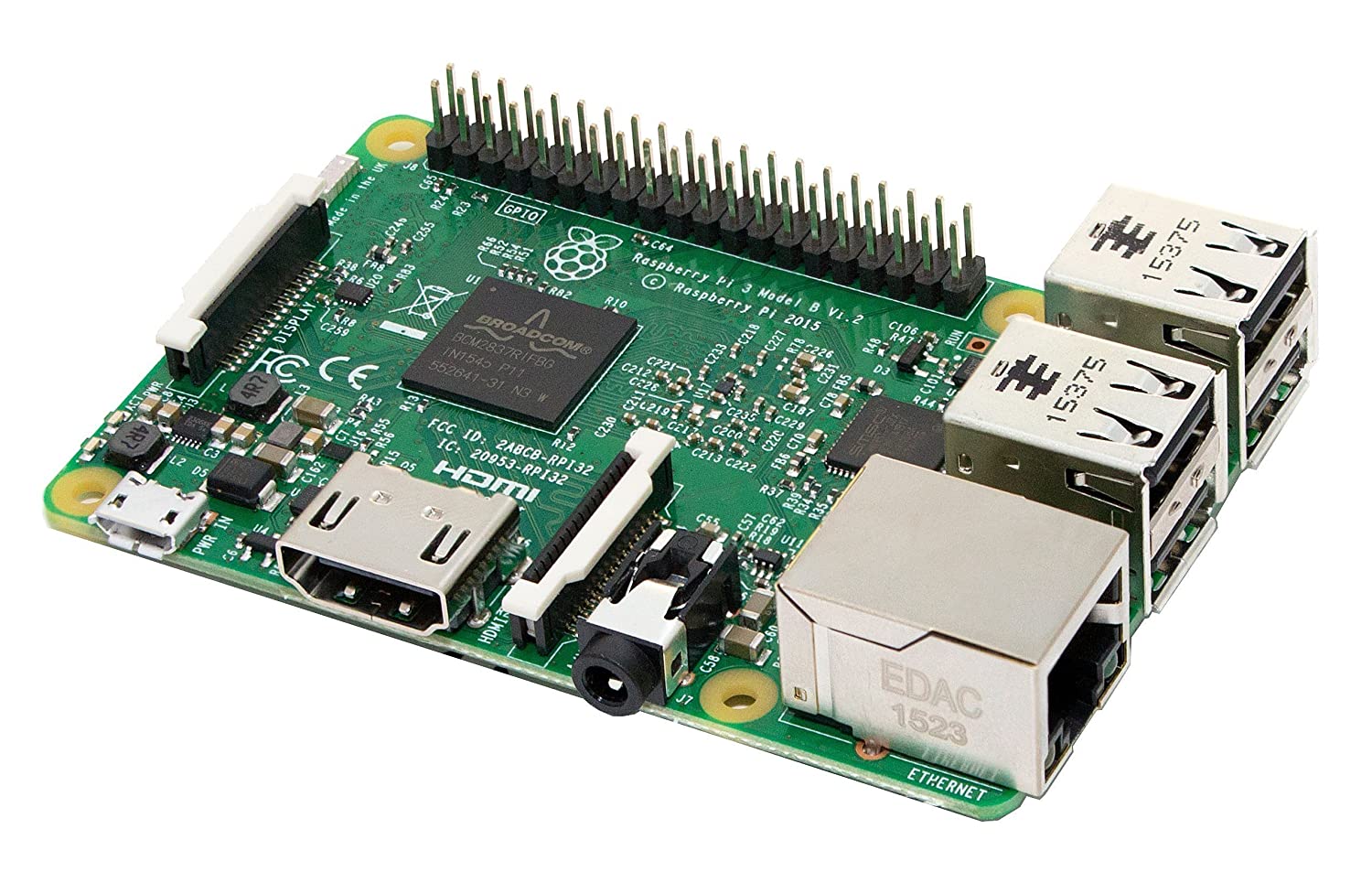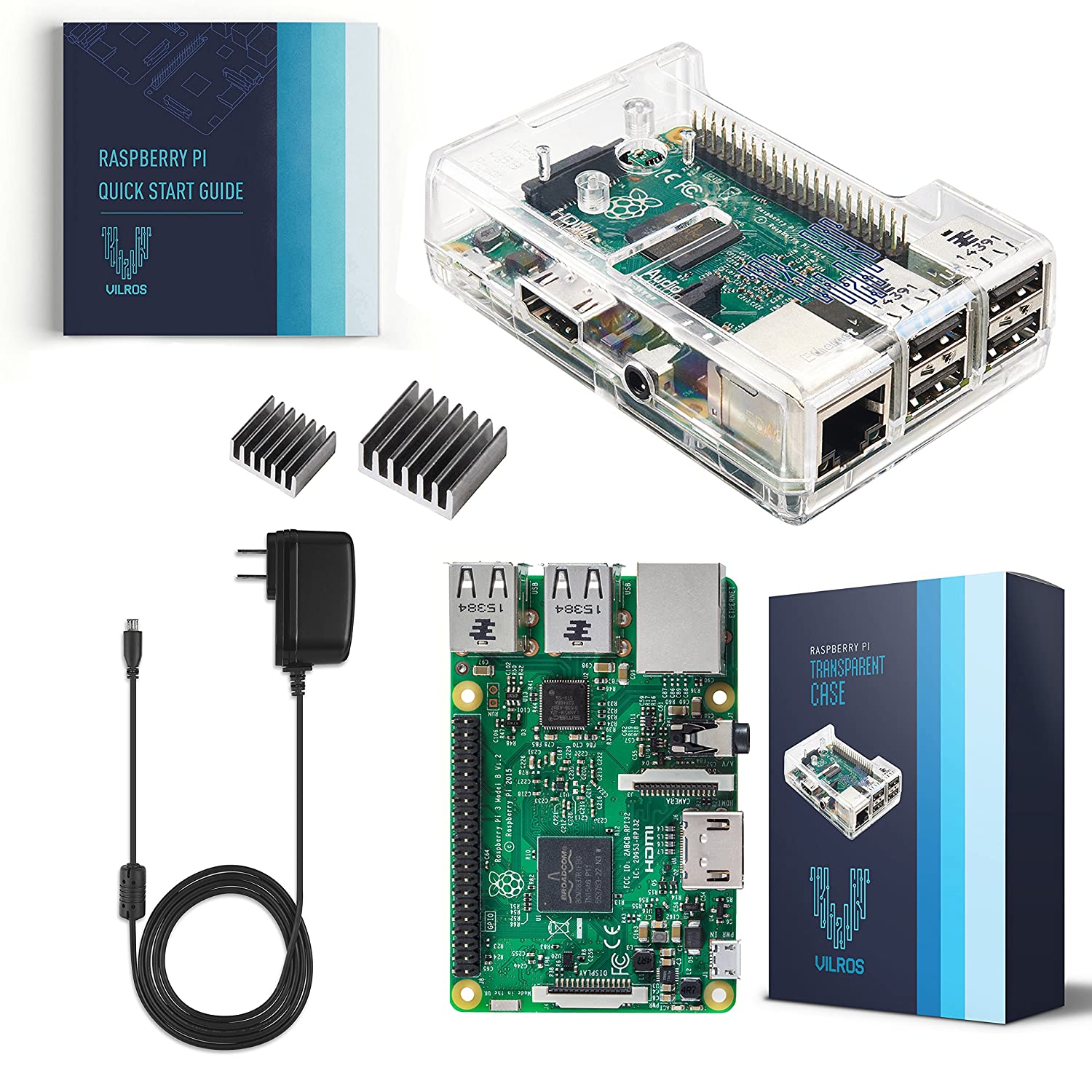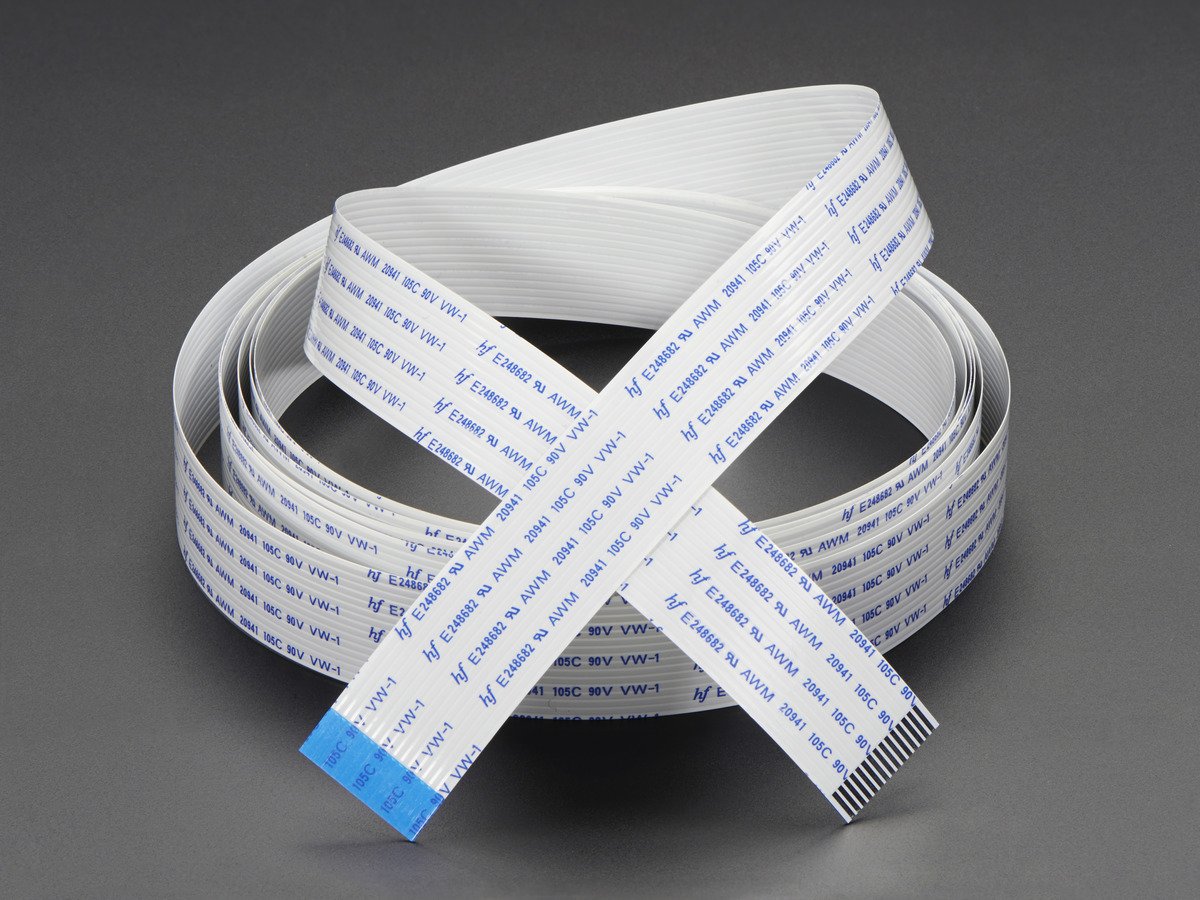Pages with tag Arduino
- Arduino UNO first step, connect to your laptop, run a simple application
- Arduino board and accessories buying guide.
- Build an FM radio using Arduino Nano and a TEA5767 Radio Module
- Displaying text on LCD screen from the Arduino UNO
- Easy I2C: Introduction to I2C
- How I2C Communication Works and How To Use It with Arduino
- Initial notes on using MAX485 based TTL-to-RS485 adapter boards with Arduino or Raspberry Pi
- Reliable data transmission with an Arduino
- Use the I2C Bus to control a Character LCD with Arduino - Tutorial
- Using an Arduino to read a simple MODBUS/RTU RS-485 temperature sensor
- Using the Arduino serial console to monitor your Sketch









